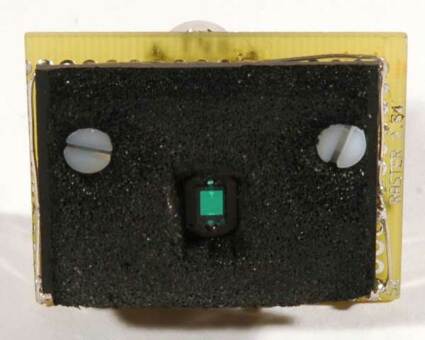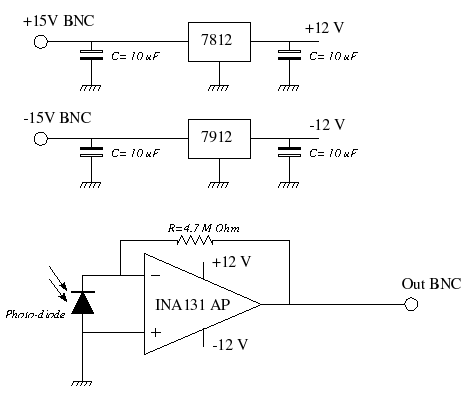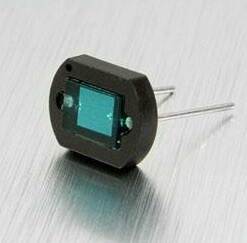THG Unveils New LCD Benchmarking Method
How It Works

Light intensity can easily be converted into electrical current using a photodiode. This current is converted into voltage using an operational amplifier assembly. The problem, of course, is to do it quickly! The assembly is as follows:

The photodiode emits a direct current proportional to the intensity of the light it receives. This current is then converted into voltage via a measurement amplifier.

The problems inherent in developing a system like this lie in the fact that the conversion MUST be made quickly. The amplifier is not much of a problem, since the time lapses we're dealing with are in the range of tenths of a millisecond. But finding a photodiode capable of converting that fast is another matter. Then, the current generated by the photodiode is very weak, and operational amplifiers are not perfect. The current you're attempting to measure can be absorbed by the amplifier's negative input. This, by the way, was the reason for the failure of my first prototype. Finally, attention must be paid to the noise constraints such a system imposes. It would be out of the question to use a PC power supply. We use a linear laboratory power supply and +12 V and -12 V regulators on the sensor itself - needless to say with massive decoupling.
Also, coaxial cables are used to ensure clean signals.
The output voltage is displayed on a digital oscilloscope with a diskette port for screen captures.
Get Tom's Hardware's best news and in-depth reviews, straight to your inbox.